PPT-Kids2 College Lesson 4, Paying for College
Author : pasty-toler | Published Date : 2018-11-07
Objectives Identify 3 ways that financial aid can help pay for postsecondary education Identify basic financial terms Identify opportunities for academic support
Presentation Embed Code
Download Presentation
Download Presentation The PPT/PDF document "Kids2 College Lesson 4, Paying for Colle..." is the property of its rightful owner. Permission is granted to download and print the materials on this website for personal, non-commercial use only, and to display it on your personal computer provided you do not modify the materials and that you retain all copyright notices contained in the materials. By downloading content from our website, you accept the terms of this agreement.
Kids2 College Lesson 4, Paying for College: Transcript
Download Rules Of Document
"Kids2 College Lesson 4, Paying for College"The content belongs to its owner. You may download and print it for personal use, without modification, and keep all copyright notices. By downloading, you agree to these terms.
Related Documents

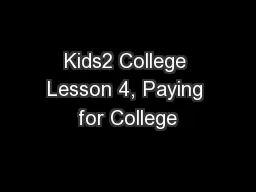
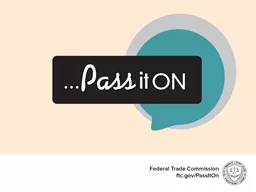


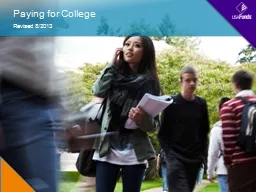

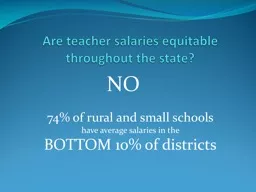
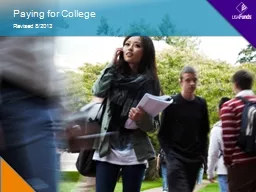
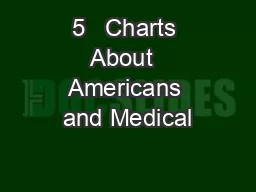
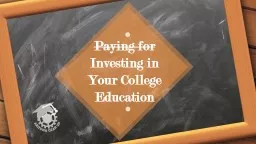

![[EBOOK] - Paying for College, 2022: Everything You Need to Maximize Financial Aid and](https://thumbs.docslides.com/903126/ebook-paying-for-college-2022-everything-you-need-to-maximize-financial-aid-and-afford-college-2021-college-admissions-guides.jpg)
![[EPUB] - Princeton Review: Paying for College Without Going Broke, 2000 Edition (Paying](https://thumbs.docslides.com/906282/epub-princeton-review-paying-for-college-without-going-broke-2000-edition-paying-for-college-2000.jpg)
